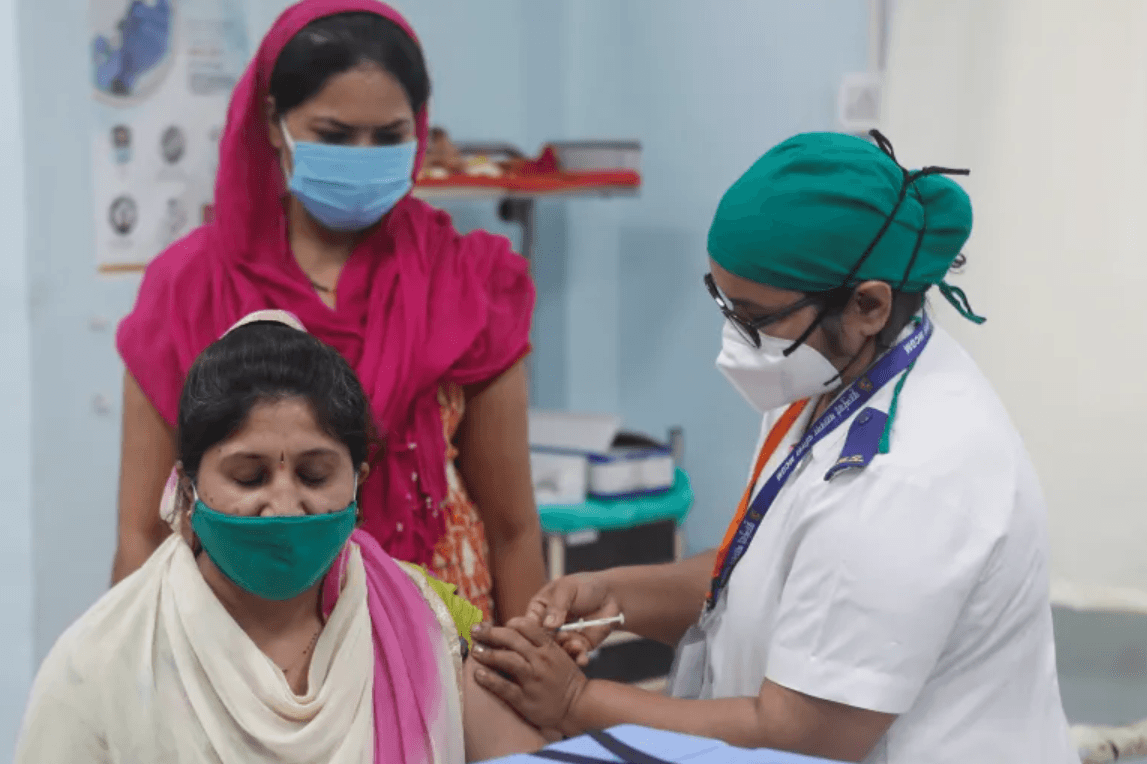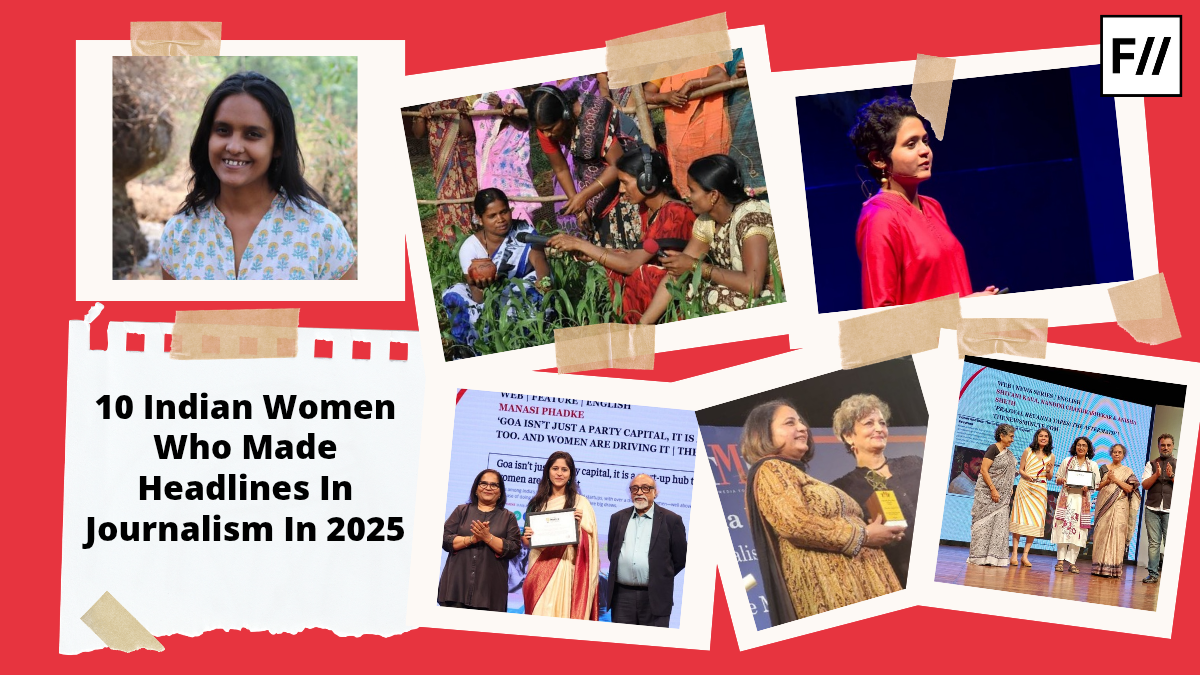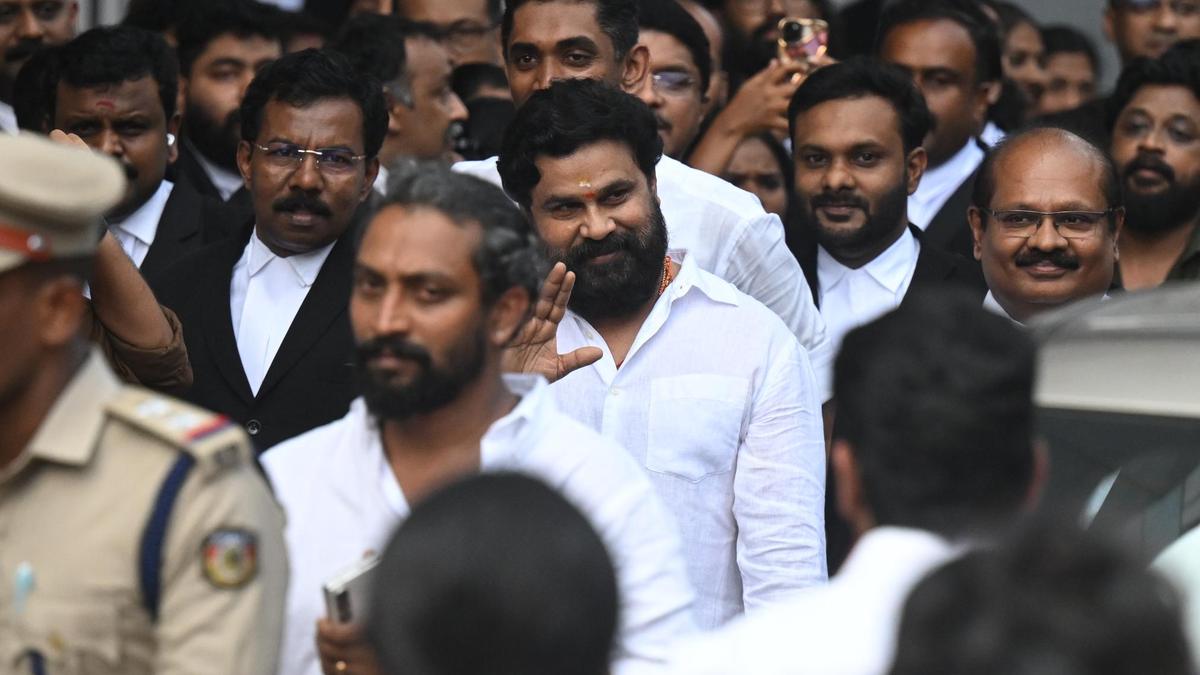A recent World Economic Forum report revealed that only 7 per cent of global medical research funding focuses on health issues that are faced by women. Medical research still mostly centres on the male body, often ignoring the specific health issues that women face. In India, this problem runs even deeper, with caste, class, and cultural factors impacting access to and attention to women’s health even harder. This impacts who gets access to proper healthcare and who does not. These gaps are not just about money but also about power: Who is considered worthy enough to get proper medical care: only men or not women?
The small percentage of funding that is aimed towards women’s health care reveals to us the broader failure of our health care and research institutions. It is time we understand women’s health care by challenging the deeper systematic bias and neglect that women face.
Global gaps, local realities
The WEF claims that only 7 percent of medical research targets health issues that are faced by women, aligning with the findings of many studies. For example, a 2018 study in Nature Communications showed that even though women are half of the population, health research about women gets less funding. The World Health Organisation also says women are often not included in clinical trials. This creates important gaps in knowing how women’s bodies work differently from men’s and how diseases affect them.
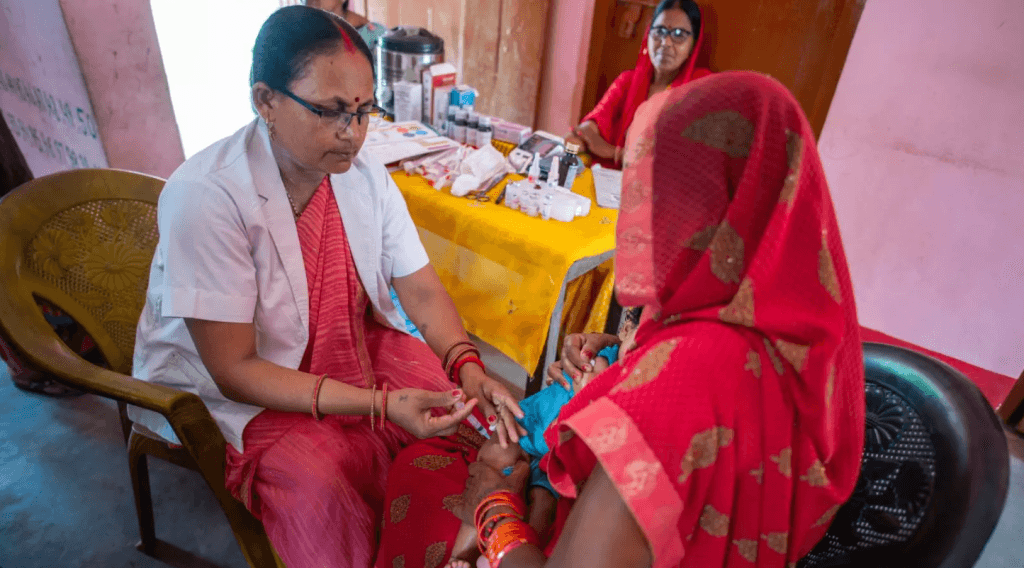
In India, there is not much centralised data on research funding and the Indian Council of Medical Research mainly focuses on diseases that affect both genders. The attention given to women’s specific health issues, like PCOS or endometriosis, is very minimal. This neglect results in fewer studies, late diagnosis, and a lack of proper healthcare.
The National Family Health Survey also shows that women, especially in marginalised groups, still face big differences in reproductive and mental health. This shows the problem is not just about money but also about how healthcare is delivered. This shows the problem is not just about funding but also about how healthcare is being delivered. Research and health policies need to change more deeply to address these gaps.
The male body as the medical norm
Feminist scholars have pointed out that medicine focuses on the male anatomy only while ignoring the female body and treating women’s bodies as different or abnormal. In India, we see cultural taboos around the reproductive health of women.
To begin with, let us look at the report that shows us that PCOS, which impacts around 20 percent of Indian women of reproductive age, is often underdiagnosed due to stigma and lack of awareness. Similarly, menopause is also treated with neglect by medical professionals. These problems show how women’s health is often neglected due to social attitudes and medical bias
Caste, class, and the margins of health
The idea that we have of intersectionality helps us understand how not all women face healthcare inequality in the same way. The way one receives healthcare is specifically influenced by cost, class, and location. For example, Dalit and Adivasi women often experience more healthcare challenges than the rest due to the systematic discrimination that exists in medical settings. Many reports reveal that caste bias leads to poor treatment and reduced access for Dalit women.
In addition to this, rural women also face limited facilities and longer travel times when it comes to the access of healthcare. Also, NFHS-5 data shows clear gaps in anaemia, maternal deaths, and access to contraception between upper-caste women and lowered caste women and women from urban and rural backgrounds. Yet, medical research often overlooks these issues, mainly focusing more on urban and middle-class needs.
Profit over care in health policy
India’s healthcare system, shaped by growing privatisation and cost-cutting, has made it harder for many women to get the care they need. Low public health spending affects women the most, as many women mostly depend on government services.
Privatised care leads to high out-of-pocket costs by forcing marginalised women to delay or skip treatment they need. Women’s health issues also receive less research funding, as they are seen as less profitable. This market-driven approach we see reduces the female body to only an economic value rather than treating them as deserving of full and inclusive care.
The limits of WEF’s global solutions
The World Economic Forum’s Global Alliance for Women’s Health has shared five key ideas to make healthcare more accessible for women. These include increasing investment, collecting gender-specific health data, and encouraging more women to take on leadership roles in health research. These ideas are important, but putting them into practice in India may not be easy.
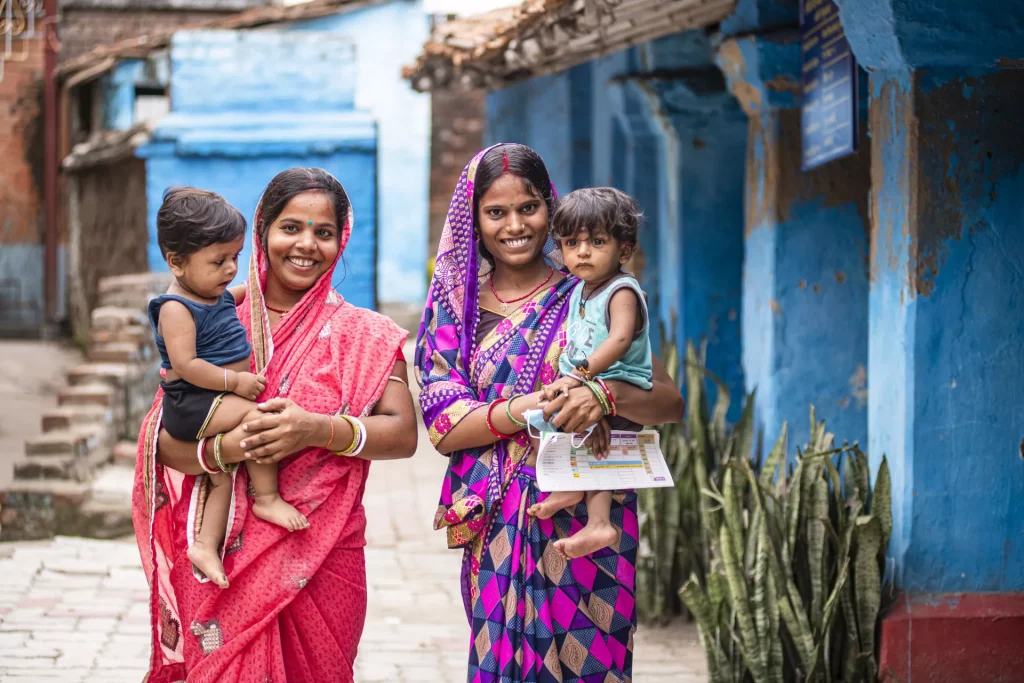
India already has programs like the Pradhan Mantri Matru Vandana Yojana for mothers and the Rashtriya Kishori Swasthya Karyakram for adolescent girls. While these efforts show that the government does recognise women’s health needs, they often fall short because of poor funding and poor implementation.
We must deal with everyday realities like caste bias, social stigma, and weak rural healthcare systems we see in India first. These global plans are more symbolic than effective to us. For India, progress will depend on grounded and locally informed solutions that centre the most vulnerable women.
Rethinking health through a feminist lens
Feminist health activists and scholars in India have called for community-based and inclusive research that challenges the top-down biomedical models we have and centres the voices of marginalised women. We also have groups like Sangath and Jagori who work on the ground to promote gender-sensitive approaches in mental and reproductive health.
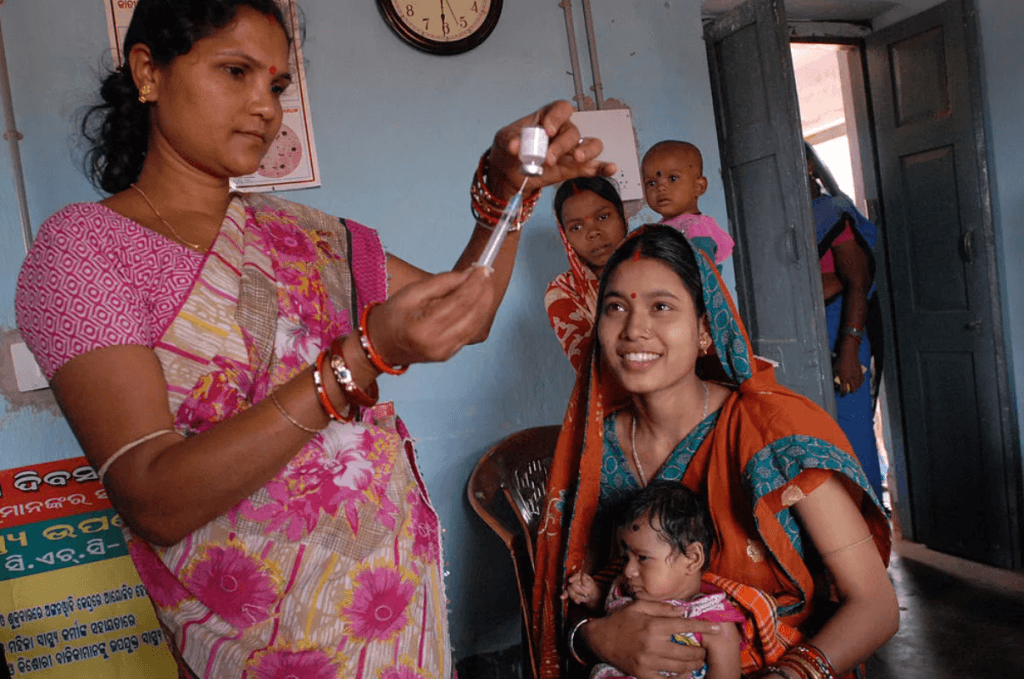
Real change will happen when we not only focus on funding for women’s health care but also take into account the social factors that exist in Indian society. In addition to this, we must support women researchers, especially those who belong to marginalised communities.
Moreover, we also need to break the menstrual and reproductive taboos that still exist in Indian society through education, media, and open conversations. A shift in public attitude is necessary to see real change.
From gaps to justice
The fact that only 7 percent of funding goes into research focused on women’s health shows just how overlooked this area still is. In India, the issue is even more complicated because of caste, class, and cultural barriers that affect who gets care and who doesn’t. It affects women who belong to marginalised communities in receiving proper health care. Addressing this funding gap means more than just increasing the money, but it requires us to rethink the systems that shape medical research and care, including patriarchy, caste bias, and profit-driven policies that we have in place.
About the author(s)
Juhi Sanduja is an Editorial Intern at Feminism In India (FII). She is passionate about intersectional feminism, with a keen interest in documenting resistance, feminist histories, and questions of identity. She previously interned at the Centre of Policy Research and Governance (CPRG), Delhi, as a Research Intern. Currently studying English Literature and French, she is particularly interested in how feminist thought can inform public policy and drive social change.
